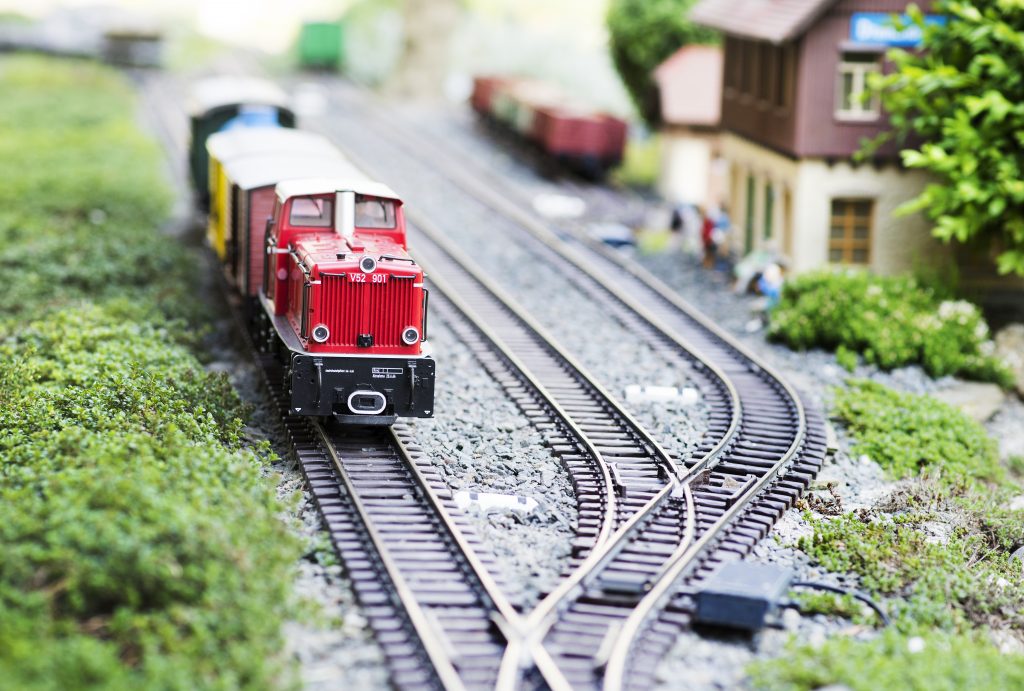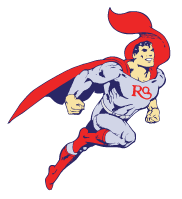Model train layout – One of the most exciting hobbies you could play around with, be creative, and the best part of it all, it does not require you to be at any age, gender, and skill level. You get to develop skills such as; cleaning, drilling, wood carving, painting, wiring, and many more that will challenge yourself. It’s an indescribable feeling only you get to go through! But it’s not as easy as it sounds, many things can go wrong, with just small miscalculations your trains might not run as smoothly as you would like. And worst of all, damage your beautiful setup from derailment! Let’s take a look at these common errors beginners make that you can avoid.
Going all out with your layout
We get it, you’re excited, and you want to build an awesome layout that nobody has ever seen. You were probably influenced, inspired by an exhibition you recently visited or a magazine you recently read. Whatever it is, go slow. The chances are there is always something you want to add to your train setup, but your room may not have the capacity to fit these extra components, not to mention the cost can quickly add up. Build a necessary foundation and work your way up; you will thank yourself in the future.
Tracks are steep, or curves are too tight
Even if you’ve run some tests with your tracks, it is always best to double-check the curves’ radius, especially if you load up your locomotive with the additional weight, the train may sway by a fraction which could be the difference to a disaster waiting to happen. If you have a steep on your tracks, be mindful of the speed and weight that the train carries. It can be frustrating to experience that mistake, but once you go through it, you will learn to avoid it.
Size of the trains
Often, we’ve seen customers miscalculate the scale of their trains to their tracks making the setup look disproportionate. Do some research and measure the train’s correct size because you will need to add buildings, trees, hills, etc to match up with trains. Unsure which one is for you? We’ve written a helpful blog of the 5 most popular train scales gauges that explains everything you need to know!
So there you have it, common mistakes we have seen countless of times made by beginners. Although they may seem simple, avoiding these basic mistakes will set you out nicely for the future building. Once you’ve covered the foundations, we will explain a more intermediate level and little complicated mistakes we have seen that you may need to prepare for.


